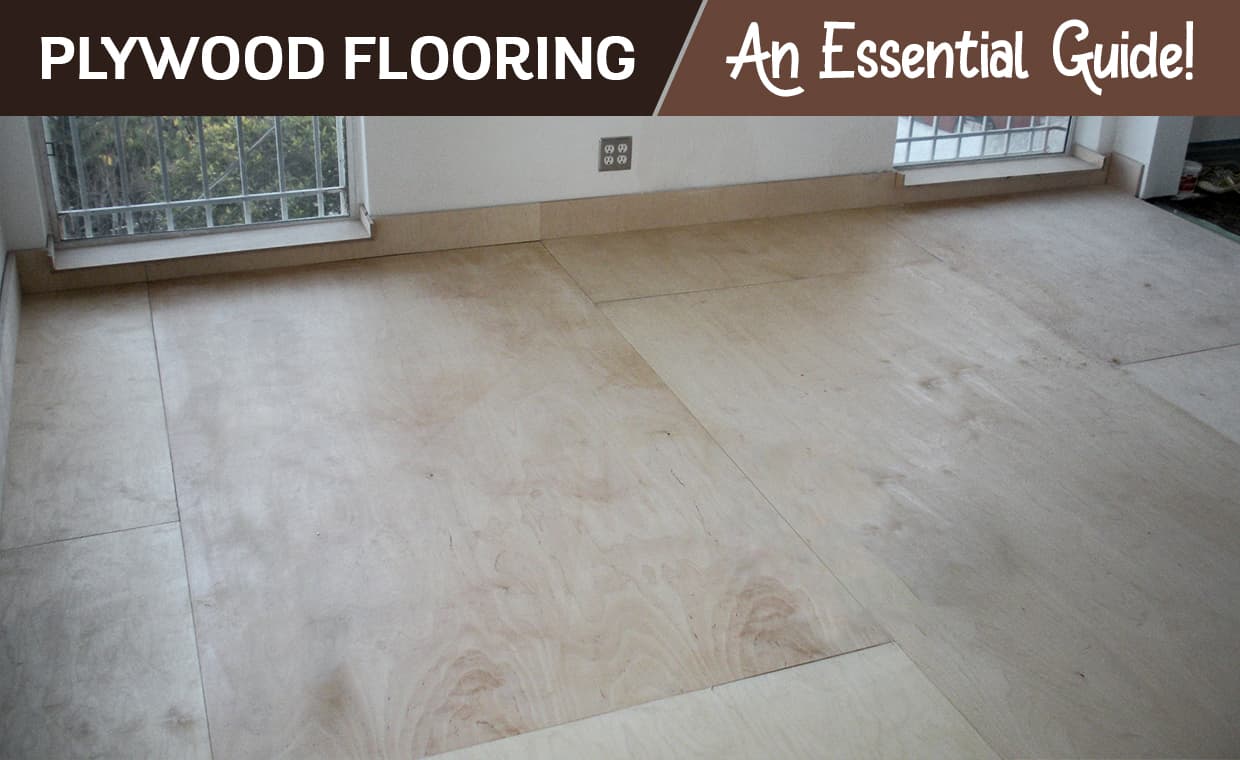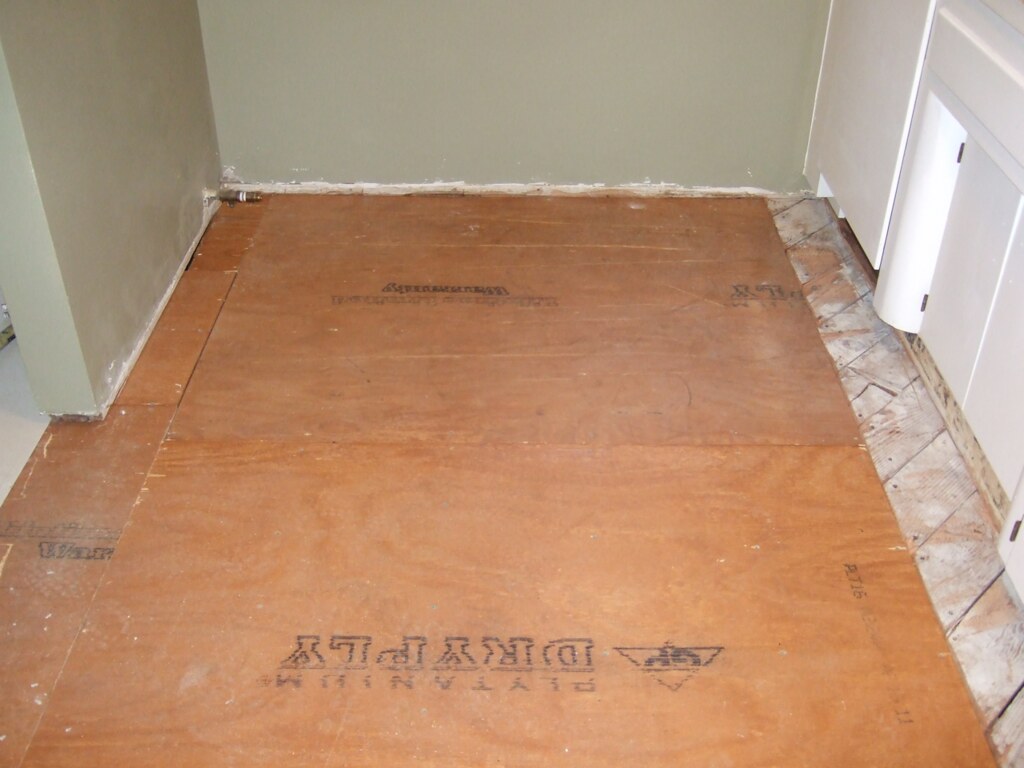
Plywood is one of the most popular and versatile building materials in the world, and one that’s also noticeably cheaper and stronger than the majority of plain woods.
While plywood can be used in a wide range of applications, it’s particularly widely used when laying flooring.
In this post, we’ve created a brief guide to plywood flooring, including the materials advantages and some of the potential drawbacks that you need to be aware of.
Why is Plywood a Good Material for Flooring?
In simple terms, plywood is a commonplace composite material that’s produced using multiple piles of wood.
This composition is what underpins plywood’s incredible strength and durability, while it can subsequently be finished to provide a more polished look and aesthetic.
As a cheap and competitively priced flooring material, plywood doesn’t always look aesthetically pleasing without this type of finish.

Because of this, home-owners often use plywood as a material for building out their sub-floor. This way, they can leverage the natural strength and robust nature of plywood to create a sturdy (and level) base for the top floor layer.
To know more about plywood, we have written detailed article, read Plywood: All You Like to Know!
Plywood as Top Level Flooring
Interestingly, you can also utilise plywood as the primary material to build out both your sub and top floor levels.
This will help to reinvent the strength and durability of your floors, and once again, all that will be left for you to do is polish the top level material and finish it to create a glossy and appealing look.
But when is this a viable option? Well, it can certainly help to reduce the cost of laying flooring in your property, making it ideal for most commercial applications.
These include those that prioritise hardwood flooring, such as hotel floors, offices, gym studios and many more!
What are the Advantages and Disadvantages of Plywood Flooring?
As we’ve already touched on, plywood is an engineered, composite material that’s naturally strong and robust, making it strong for virtually any environment.
The combination of various layers within plywood also ensures that the material is incredibly durable, and when combined with its low price point, makes it capable of delivering superior value for money over time.

Unlike medium density fibreboard (which is another engineered material), plywood is also relatively water resistant and considerably less prone to water damage over an extended period of time.
It’s also incredibly easy to secure and work with, making it a popular choice of flooring material among DIY enthusiasts.
In terms of disadvantages of plywood flooring, it should be noted that plywood isn’t as durable as the hardwood alternative, and while it can be finished in various different ways, it will never match the aesthetic appeal of genuine hardwood. Of course, this is where the price difference needs to be considered in terms of value and what you’re trying to achieve.
On a final note, plywood floor is also prone to scratches and splintering. This can damage the look further over time, making it less than ideal in high-traffic homes with kids or pets.
We have also written other articles on wood flooring materials. Please refer following links:
Pros and Cons of Wood Flooring
Engineered Wood Flooring: All You Need To Know!






























